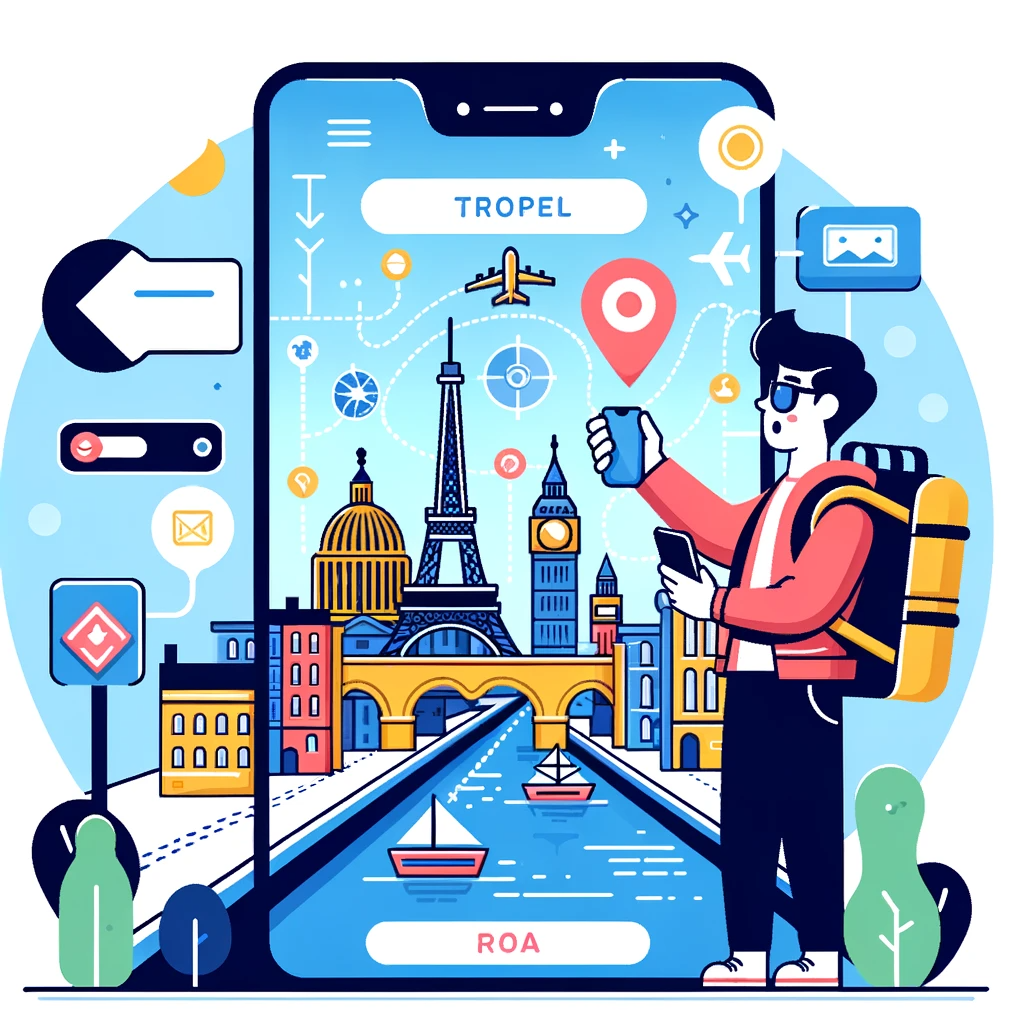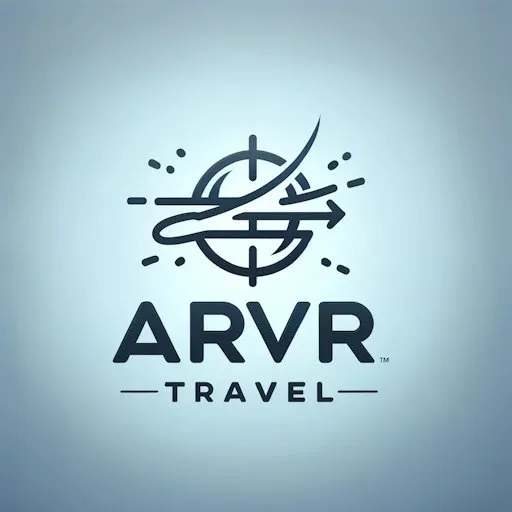Language barriers can add a layer of challenge to travel, but augmented reality (AR) is making it easier than ever to connect across languages and cultures. By using AR-enabled language translation and communication tools, travelers can translate text, understand speech, and communicate more effectively. Let’s look at how this innovative technology is transforming travel and empowering tourists around the world.
The Power of AR in Bridging Language Gaps
AR language translation apps provide visual, real-time translations by overlaying translated text directly onto the original content. This feature is incredibly helpful when navigating foreign cities, reading menus, or even having conversations with locals. Here are a few ways AR enhances communication for travelers:
Real-Time Text Translation
With AR, travelers can simply point their phone cameras at foreign text, and the app will instantly replace the original words with translations. This is especially helpful for:
- Reading Street Signs and Maps: Navigating a new city becomes easier with clear translations of street names and directions.
- Deciphering Menus: AR translations allow you to quickly identify dishes and ingredients, helping you make informed choices.
- Understanding Local Rules and Regulations: From museum signs to transportation schedules, AR apps provide crucial translations for better understanding.
Google Translate, one of the most popular tools, allows users to translate over 100 languages and features an AR translation mode that superimposes translated text over the original image.
Voice Translation for Conversations
Voice translation in AR apps offers instant translation for spoken words, making conversations more natural. Travelers can simply speak into the app, which will then translate and relay the message in the target language. Here’s how this feature helps:
- Conversing with Locals: Use voice translation to ask for directions, order food, or chat with locals.
- Multilingual Support: Many apps, including Microsoft Translator, support multiple languages and dialects, ensuring accurate translations.
This real-time, spoken translation builds confidence and encourages travelers to interact with people in unfamiliar settings without fear of miscommunication.
AR Navigation Assistance
In addition to translation, AR apps often offer navigation features. By overlaying directions onto the real world, these tools help users find their way with ease:
- Directional Guidance: AR maps and apps like Google Maps AR provide real-time walking directions, with arrows and indicators that appear in the physical environment to guide travelers in the right direction.
- Highlighting Points of Interest: Users can identify nearby restaurants, hotels, and attractions with AR overlays that provide information about each location.
This blend of navigation and translation offers a comprehensive tool for travelers, allowing them to move confidently through unfamiliar areas.

Top AR Apps for Language Translation and Travel Communication
Several top-rated AR apps are transforming the way we travel, offering reliable and user-friendly translation and navigation tools:
- Google Translate
- Features instant text translation with AR.
- Supports offline translation, which is helpful in remote areas.
- Available for both iOS and Android.
- Microsoft Translator
- Offers conversation mode for face-to-face communication.
- Includes image translation, great for translating menus or signs.
- Available offline for certain languages, ideal for travel with limited connectivity.
- iTranslate
- Provides AR-based image translation for quick understanding of printed text.
- Has a dedicated travel mode with offline access.
These tools are essential for any traveler wanting to experience new cultures with fewer language-related hurdles.
Benefits of Using AR for Communication While Traveling
AR-powered language translation offers several advantages that go beyond basic communication:
- Enhanced Accessibility: With AR tools, language barriers are no longer a major obstacle, making global destinations more accessible to travelers of all backgrounds.
- Cultural Understanding: AR translation tools support cultural immersion, allowing travelers to engage more fully with local customs and nuances.
- Increased Confidence: AR translation provides travelers with a sense of security in unfamiliar places, enabling them to ask questions, navigate, and explore with greater ease.
Tips for Maximizing AR Translation Tools on Your Next Trip
Using AR translation apps effectively can enhance your travel experience even further. Here are some tips to get the most out of your AR tools:
- Download Offline Language Packs: Many apps offer offline language packs, which are particularly helpful for remote areas where cellular connectivity might be limited. This feature is available in apps like Google Translate and iTranslate.
- Practice with the App Before You Travel: Familiarize yourself with the app’s interface and features before your trip. This practice can help you feel more comfortable using it in real-time situations.
- Use Good Lighting for Image Translation: For accurate text recognition, ensure good lighting when using AR translation. Better lighting allows for quicker, more precise translations.
- Consider Cultural Context: While AR tools are incredibly useful for direct translation, researching local customs and phrases can help you avoid misunderstandings and ensure respectful interactions.
Conclusion
Augmented reality has changed the way we experience language and culture while traveling. By using AR translation tools, travelers can navigate foreign languages and communicate effortlessly. These tools don’t just bridge language gaps but also make travel more immersive, allowing users to explore and connect with the local culture. As AR technology evolves, it promises even greater accessibility, empowering more travelers to venture into new places with confidence. Whether for reading street signs, ordering at a local restaurant, or striking up a conversation, AR translation ensures that language is no longer a barrier to unforgettable travel experiences.
For more AR and VR Travel updates, visit www.ARVRTravel.com

